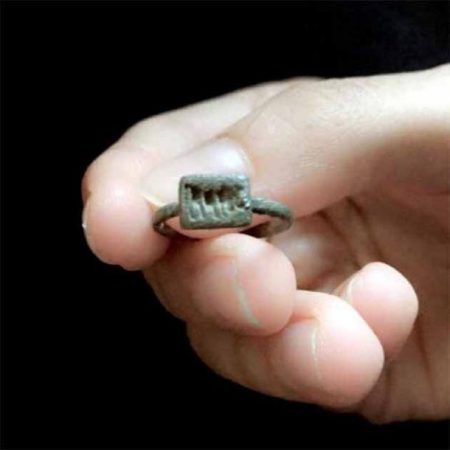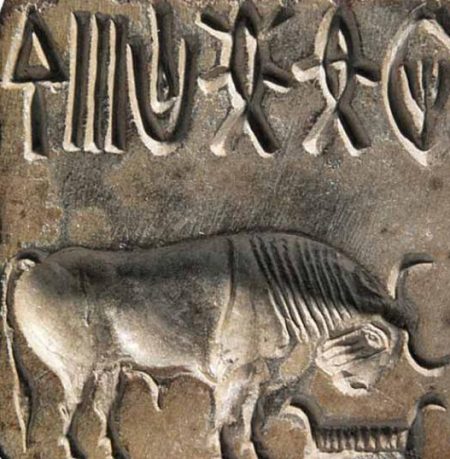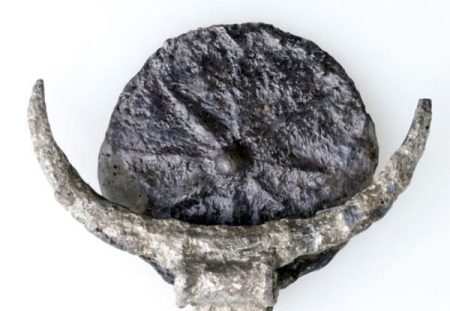A bronze-age group tomb in the Dahwa region of Oman has yielded several pieces of silver jewelry with Harappan designs – indicating period trade between the Indus Valley people and the Umm al-Na culture which flourished in Oman from 2600-2000 BCE. The star medallion pictured above is one of the pieces recovered. The site, which was excavated from 2013 – 2021, also produced remains of warehouses, administrative buildings, ritual buildings, and industrial infrastructure for processing copper ore.
Another piece found was a seal-ring depicting a bison from the Indus Valley, The ring was likely to have been made in Mesopotamia using Anatolian silver for an individual associated with foreign trade with the Indus civilization. This shows the great development of foreign trade, interaction, and cultural relations in bronze-age Eurasia, made possible by the Silk Road.


Similar seal-rings were found in Iran, Mesopotamia, and Bahrain, showing the extent of the ancient trade routes and how they functioned as a force of globalization in the ancient world. I wonder if food ingredients, methods of preparation and dishes were shared along with pottery and jewelry?
Words by Laura M Kelley; Medallion Photo: Clara Amit/IAA; Seal-Ring Photo: Ministry of Heritage and Tourism, Sultanate of Oman.

